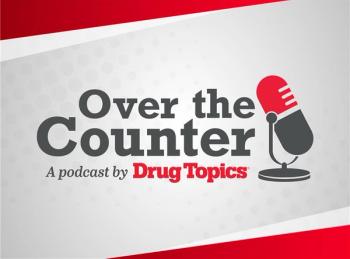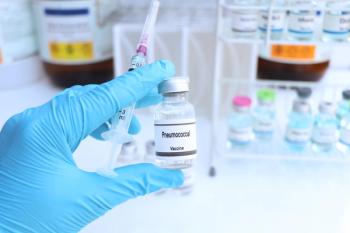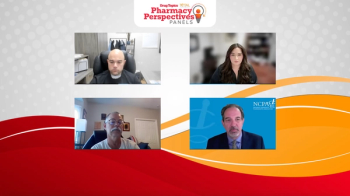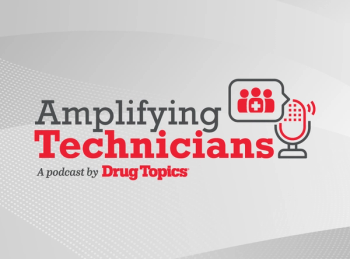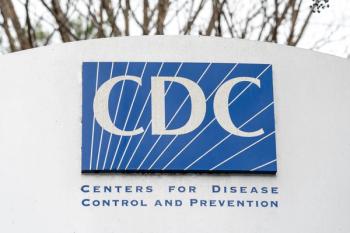
GLP-1 Use Increased Significantly Among Pediatric Patients With T2D in Past 5 Years | ADA 2025
From 2019 to 2024, GLP-1 prescriptions among pediatric patients with type 2 diabetes increased from 12.3% to 60.9%.
Glucagon-like peptide-1 (GLP-1) receptor agonist use rose significantly among pediatric patients with type 2 diabetes from 2019 to 2024, according to recent data presented at the American Diabetes Association’s 85th Scientific Sessions, which were held June 20-23 in Chicago, Illinois.1
In recent years, type 2 diabetes has become increasingly common among adolescents in the United States. The condition develops through a combination of genetic, metabolic, and environmental factors and is linked to a higher risk of complications compared to type 1 diabetes. Early intervention is critical to prevent progression.2
GLP-1s help lower blood glucose and support weight loss by increasing insulin secretion and delaying gastric emptying. The American Diabetes Association’s 2024 Standards of Care recommend considering GLP-1 receptor agonists when metformin, with or without insulin, no longer achieves glycemic goals. Although these therapies are widely used in adults, their effectiveness and safety in adolescents are still being evaluated.2
Investigators from the Indiana University School of Medicine conducted a study to examine GLP-1 prescription patterns among pediatric patients with type 2 diabetes. The study was a retrospective chart review that focused on obesity and HbA1c trends from January 2019 to September 2024. The study cohort included 696 patients who had a total of 3054 health care visits during the study period. Investigators collected data on HbA1c, BMI, and GLP-1 prescriptions and used frequencies and proportions to describe trends.
Of the patients, the largest subgroup, which was 53.9%, was made up of patients with obesity and an HbA1c greater than 7%. In 2024, the largest subgroup, which was 45.9%, was made up of patients with obesity and an HbA1c of less than 7%. The study found that from 2019 to 2024, GLP-1 prescriptions among this patient population increased from 12.3% to 60.9%.
Of the prescriptions, semaglutide accounted for 23.7% in 2024. Although dulaglutide had the highest amount of prescriptions at 70.4% in 2019, that number fell to 7.8% by 2021. However, dulaglutide prescriptions increased in 2024 to 65.4%.
“GLP-1 use in pediatric T2D patients rose significantly, reflecting evolving practices and prioritization of high-risk subgroups,” the authors concluded. “Trends in prescription types highlight changing preferences. Future research should explore long-term outcomes and prescribing factors.”
Don’t get left behind: Sign up today for our
References
1. Yaman NE, Haberlin-Pittz K, McKinney BM, et al. Evolving Trends in GLP-1 Receptor Agonist Prescriptions for Pediatric Type 2 Diabetes—A Retrospective Analysis (2019–2024). Presented at ADA 85th Scientific Sessions; June 20-23; Chicago, IL. Poster 1158-P.
2. Yugar LBT, Sedenho-Prado LG, da Silva Ferreira IMC, Silva CAM, Sposito AC, Cercato C. The efficacy and safety of GLP-1 receptor agonists in youth with type 2 diabetes: a meta-analysis. Diabetol Metab Syndr. 2024 Apr 24;16(1):92. doi: 10.1186/s13098-024-01337-5. PMID: 38659064; PMCID: PMC11044464.
Newsletter
Pharmacy practice is always changing. Stay ahead of the curve with the Drug Topics newsletter and get the latest drug information, industry trends, and patient care tips.

